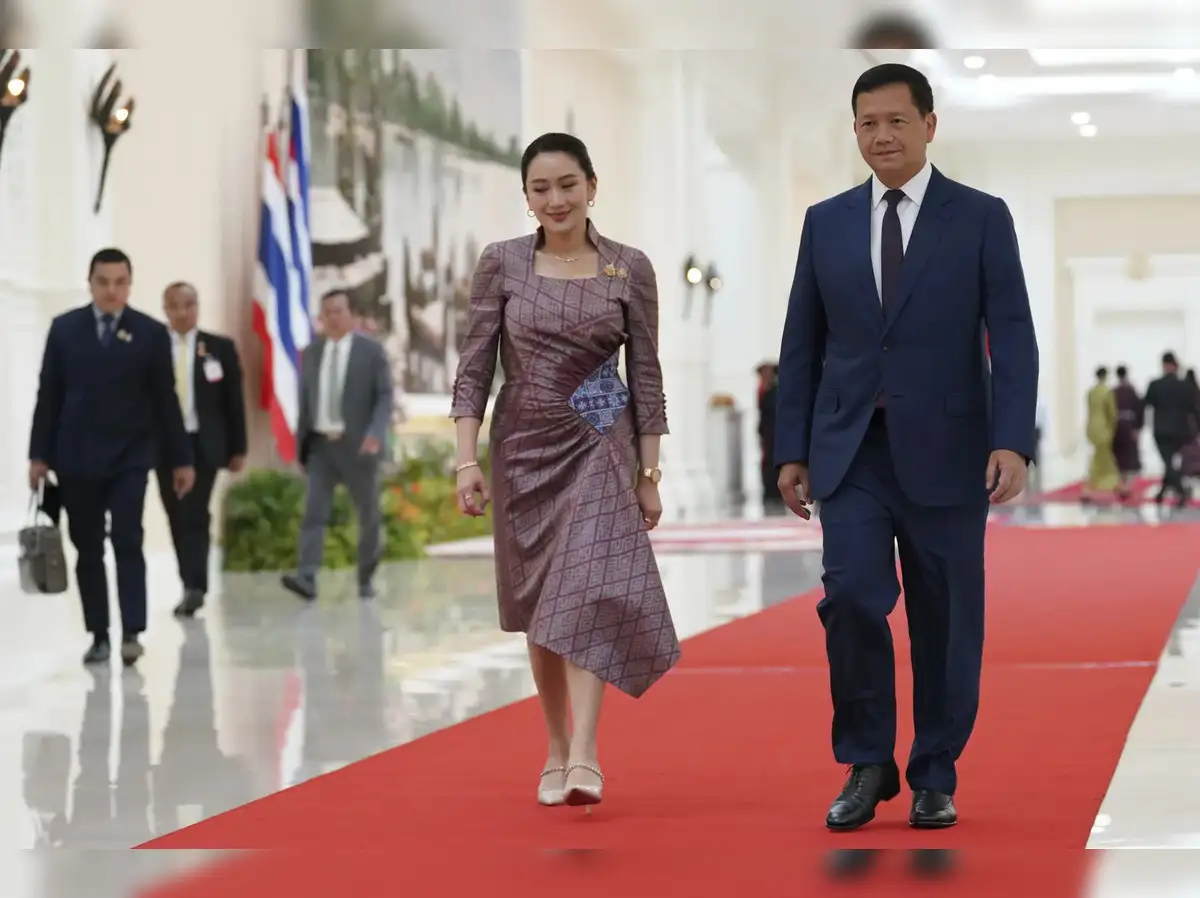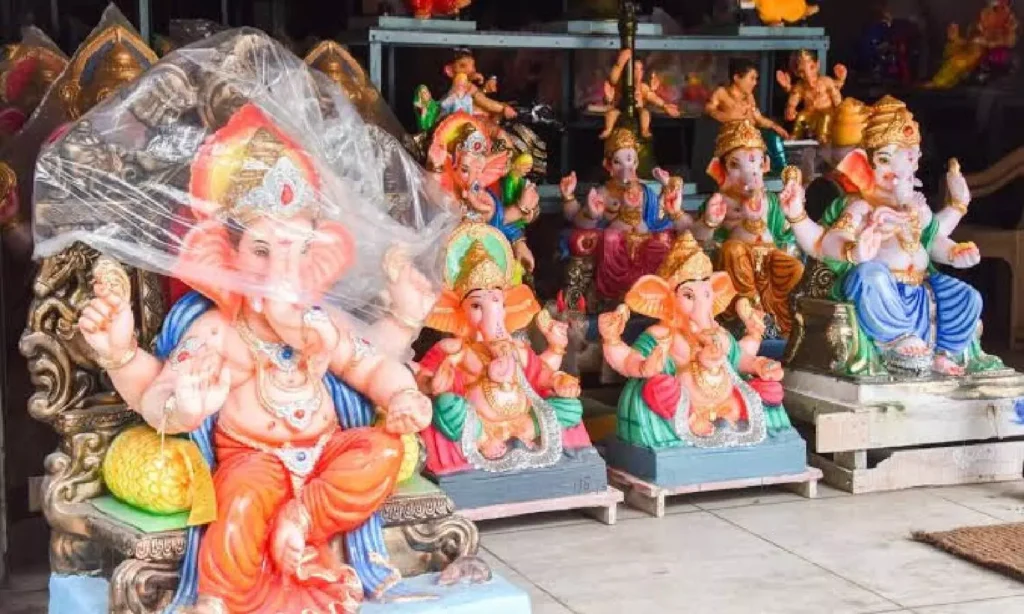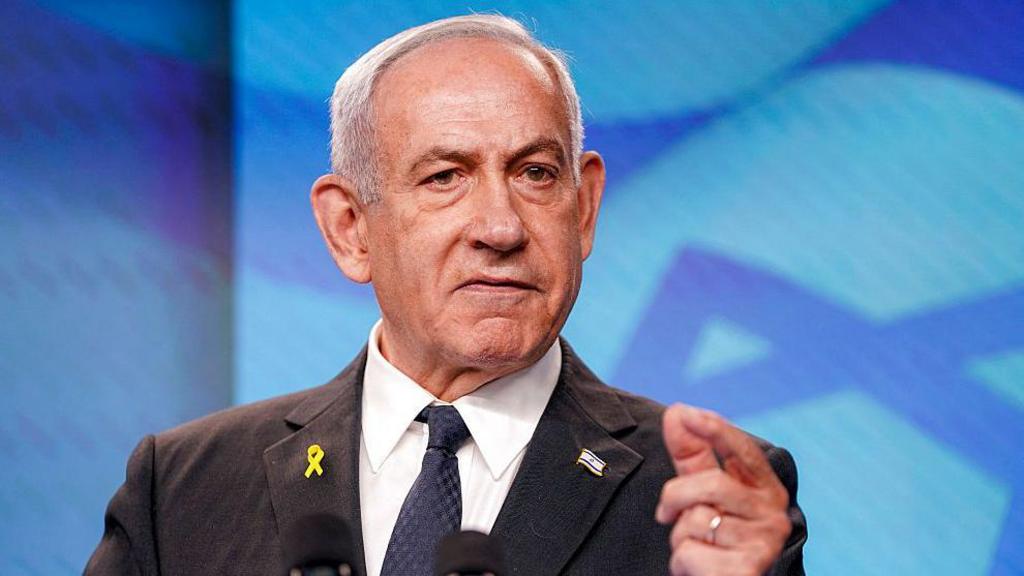Now Reading: Tensions Flare Again: Fresh Border Clash Reported Between Thailand and Cambodia
-
01
Tensions Flare Again: Fresh Border Clash Reported Between Thailand and Cambodia
Tensions Flare Again: Fresh Border Clash Reported Between Thailand and Cambodia

A fresh wave of tension has erupted along the Thailand-Cambodia border after reports of a brief but intense clash between security forces from both nations. While the confrontation was quickly brought under control, it has reignited long-standing concerns about unresolved border disputes and rising nationalist sentiments on both sides.
What Triggered the Clash
The clash reportedly broke out near a disputed patch of land along the northeastern frontier. Local reports suggest that both sides accused each other of unauthorized movements in the area. There were no confirmed casualties, but warning shots were exchanged, prompting a temporary shutdown of civilian movement along the border.
Officials from both countries have yet to release a joint statement, but initial signs point to a mix of miscommunication and territorial anxiety as the root causes.
A Long History of Border Disputes
This is not the first time tensions have flared between Thailand and Cambodia. The two countries share a long and sometimes volatile border, with historical disputes often centering around land ownership, temple sites, and jurisdiction over natural resources.
Past confrontations, especially near the Preah Vihear temple, have led to armed standoffs and even fatalities. While peace talks have taken place over the years, flashpoints like this remind the region how fragile the situation remains.
Why This Matters for India and the Region
For India, which has growing diplomatic and trade ties with both Southeast Asian nations, regional stability is key. Any prolonged instability in ASEAN countries can disrupt trade routes, delay business partnerships, and complicate India’s Look East and Act East policies.
Tier 2 Indian cities like Nagpur, Surat, and Lucknow—now becoming emerging centers for education, exports, and foreign collaborations—may find such geopolitical disturbances impacting investment flows and student exchanges with Southeast Asian universities.
Indian travelers and businesses operating in or near the region are also being advised to stay updated on border conditions, especially near potential conflict zones.
Diplomatic Efforts Underway
Both Thailand and Cambodia have reportedly begun backchannel discussions to de-escalate the situation. Regional observers are hopeful that ASEAN-led dialogue mechanisms will help both countries return to the table before the situation worsens.
Local residents in nearby provinces, meanwhile, are calling for a peaceful resolution, as many of them rely on cross-border trade for daily livelihood.
Conclusion
The latest clash between Thailand and Cambodia may not have lasted long, but its message is clear—the border issue remains sensitive and unresolved. As both countries weigh their next steps, the global and regional communities, including India, will be watching closely to see if diplomacy can once again prevent deeper conflict.

























